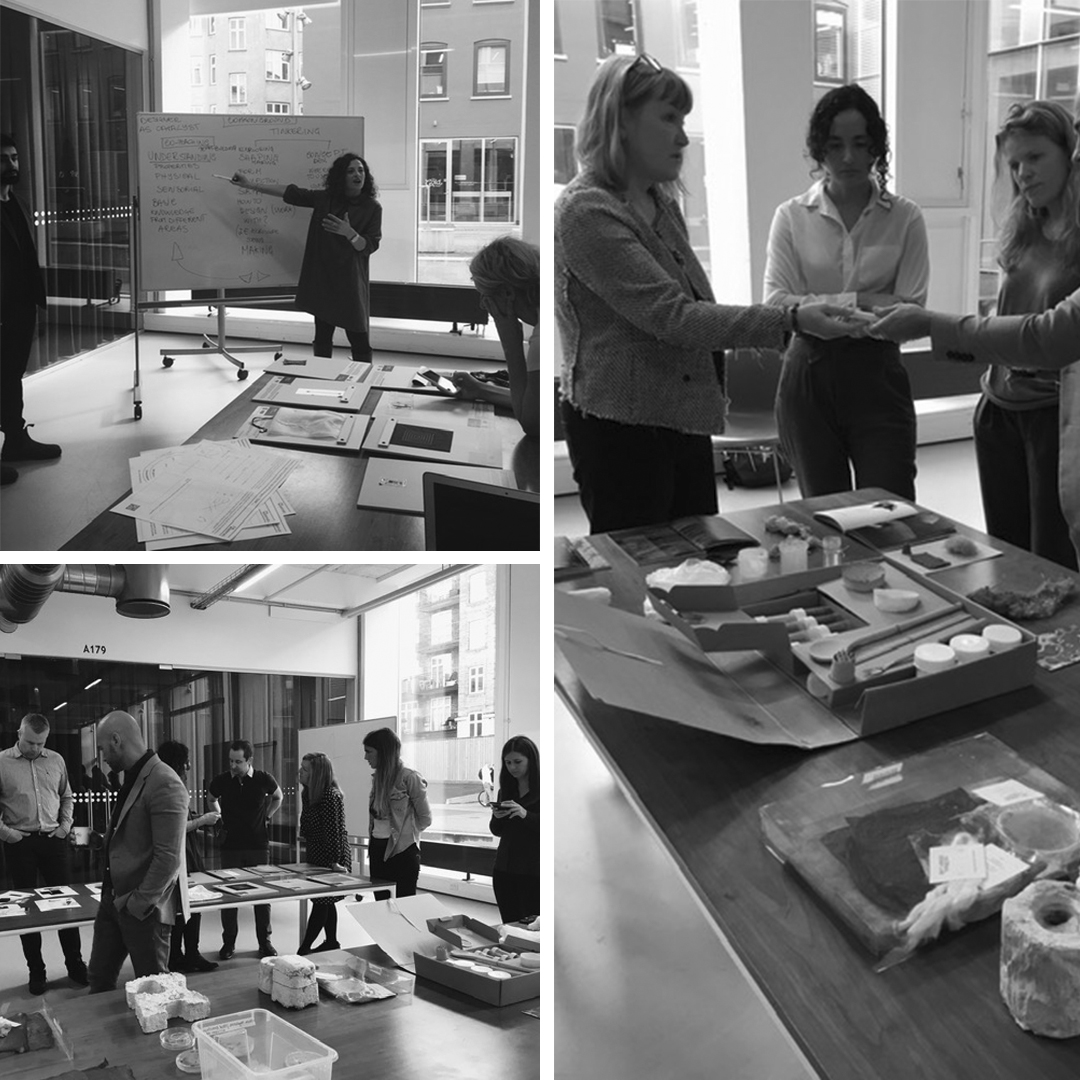It is understood that interdisciplinary collaboration and EM&Ts (Emerging Materials and Technologies) know-how in the design phase are essential elements in the way towards a circular economy. Several research projects have been initiated around these EM&Ts; however, we need to educate future professionals for this field, and to involve enterprises (corporations and SMEs) to develop ideas towards commercial products and new business opportunities.
Datemats project deals with the wide area of Emerging Materials and Technologies (EM&Ts) and to transfer knowledge both to students and industry. In this scenario, each involved Institution with courses in Design Engineering is sharing and transferring their expertise in the four EM&Ts specific areas:
Design Department, Politecnico di Milano_ ICS: Wearables
Smart electronic devices with micro-controllers embeddable into clothing or worn on the body as implants or accessories. ICS EM&Ts: Interactive, connected, Smart solutions able to establish a two-way exchange of information, to respond contextually and reversibly to external stimuli, linked to another entity or to an external source, and programmable not only through software.
Copenhagen School of Design and Technology_ Advanced Growing
Material from a controlled cultivation of organisms (bacteria, yeast, algae, mycelium, etc.) that are directly grow and/or manufactured into their subsequent form, function and performance by tapping into the organisms natural growth behaviour (bio-fabrication). SELF-HEALING EM&Ts: Material capable to repair damages occurring within ‘themselves’, in part or whole.
Tecnun, Universidad de Navarra_ Carbon-based and Nano
Entirely carbon-based materials, nano-scaled structures or composite blends whose properties are altered by surface and/or substrate doping thereof. NANO TECH: Matter controlled at molecular level, which is smaller than a micrometres, normally on scale of to 100 nanometres.
Aalto University: Wood-based
Materials that are processed either chemically or mechanically from innovative applications. The materials include cellulose fibres, fibrils (micro- or nano-structured) and derivatives, lignin, bark extractives and novel combinations of these.
The developed methodologies for each EM&Ts area will represent an improvement in the education of new skills for industrial design and engineering students.
Datemats is going to involve professionals and stakeholders of different industries throughout the project to detect the most valuable methods in transferring knowledge within its stakeholder group.


